Krapp's Last Tape (fortyfivedownstairs) ★★★★1/2
Krapp’s Last Tape was first performed in 1958, which places it towards the end of Samuel Beckett’s middle period: those fruitful postwar years during which he wrote his major plays, Waiting for Godot (1952) and Endgame (1957), and the three extraordinary novels known collectively as the ‘Molloy Trilogy’ (1951–58). Between them, these works have come to define the themes and the aesthetic qualities we now think of as distinctively Beckettian. Their creative breakthrough was, famously, achieved as a result of his decision to switch from writing in English to writing in French – a decision he made, in no small part, to escape the smothering influence of his old mentor James Joyce, who, he felt, had taken stylistic abundance to its logical conclusion, and who inspired in Beckett a counter-resolution to achieve his effects, as he later put it, by ‘subtracting rather than adding’.
Continue reading for only $10 per month. Subscribe and gain full access to Australian Book Review. Already a subscriber? Sign in. If you need assistance, feel free to contact us.



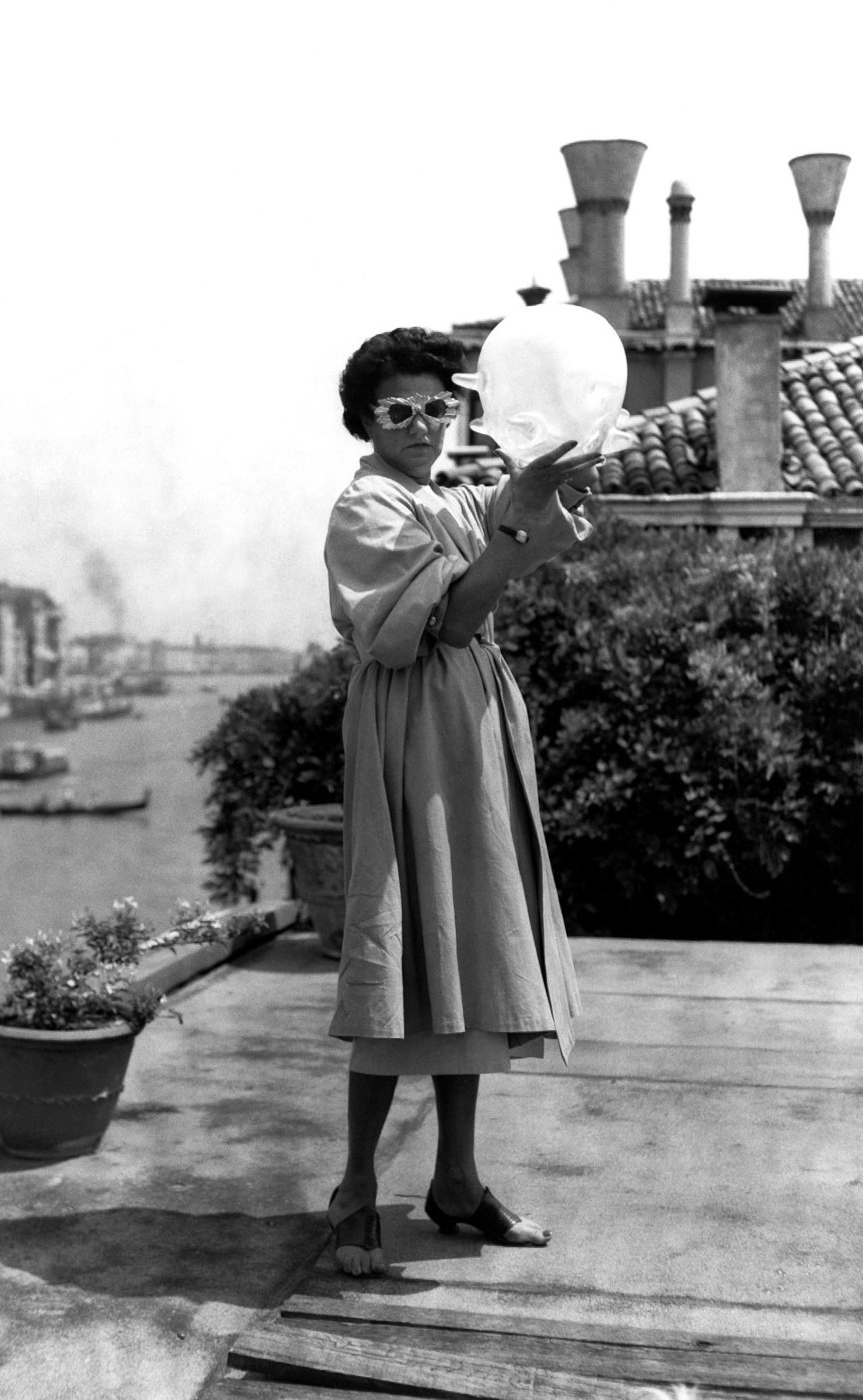


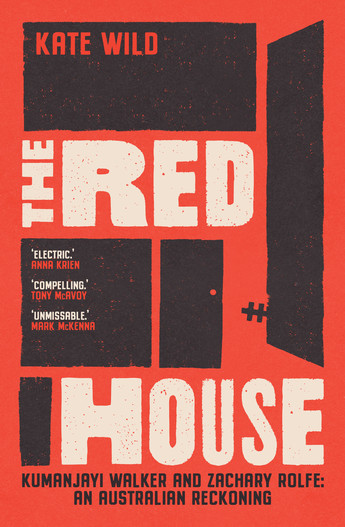
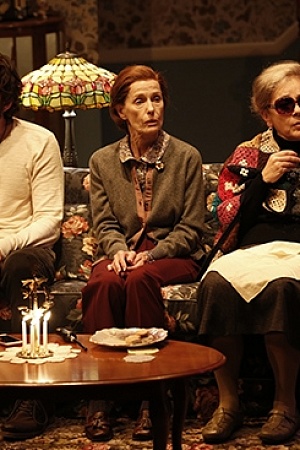
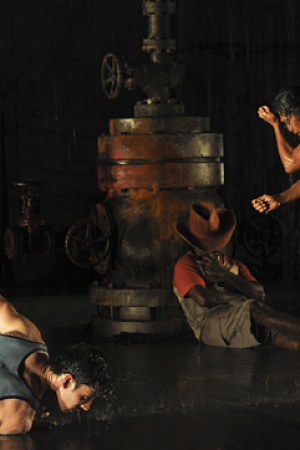
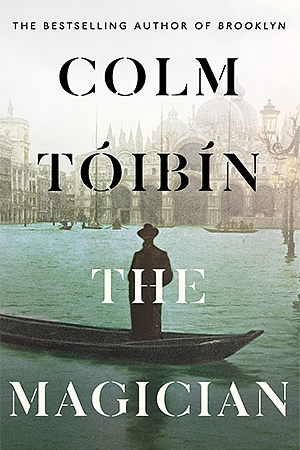
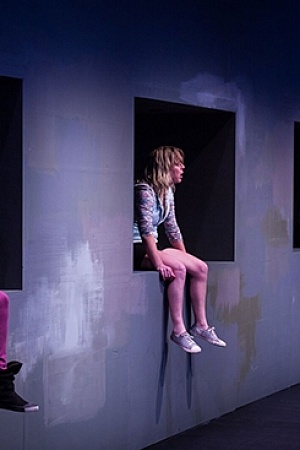
Leave a comment
If you are an ABR subscriber, you will need to sign in to post a comment.
If you have forgotten your sign in details, or if you receive an error message when trying to submit your comment, please email your comment (and the name of the article to which it relates) to ABR Comments. We will review your comment and, subject to approval, we will post it under your name.
Please note that all comments must be approved by ABR and comply with our Terms & Conditions.